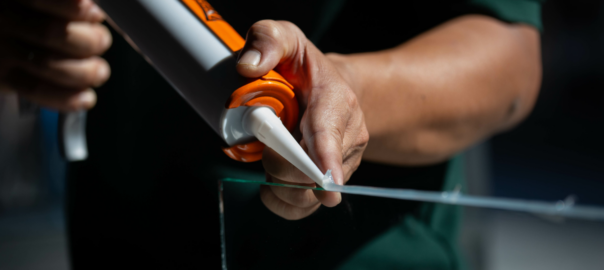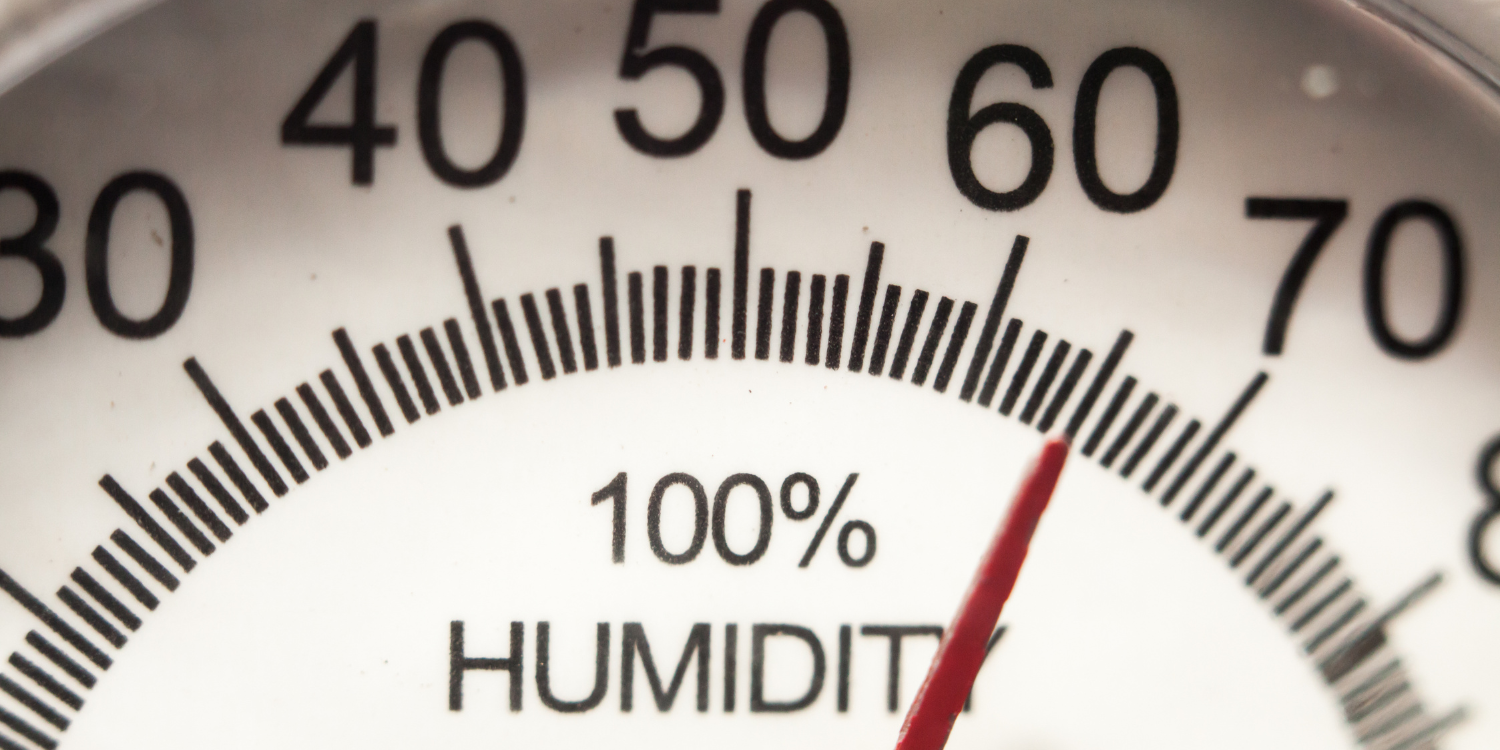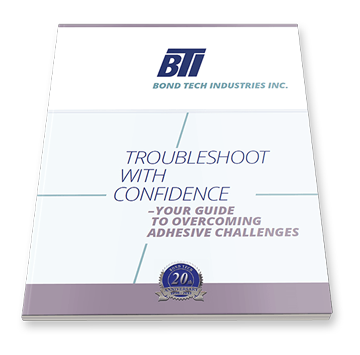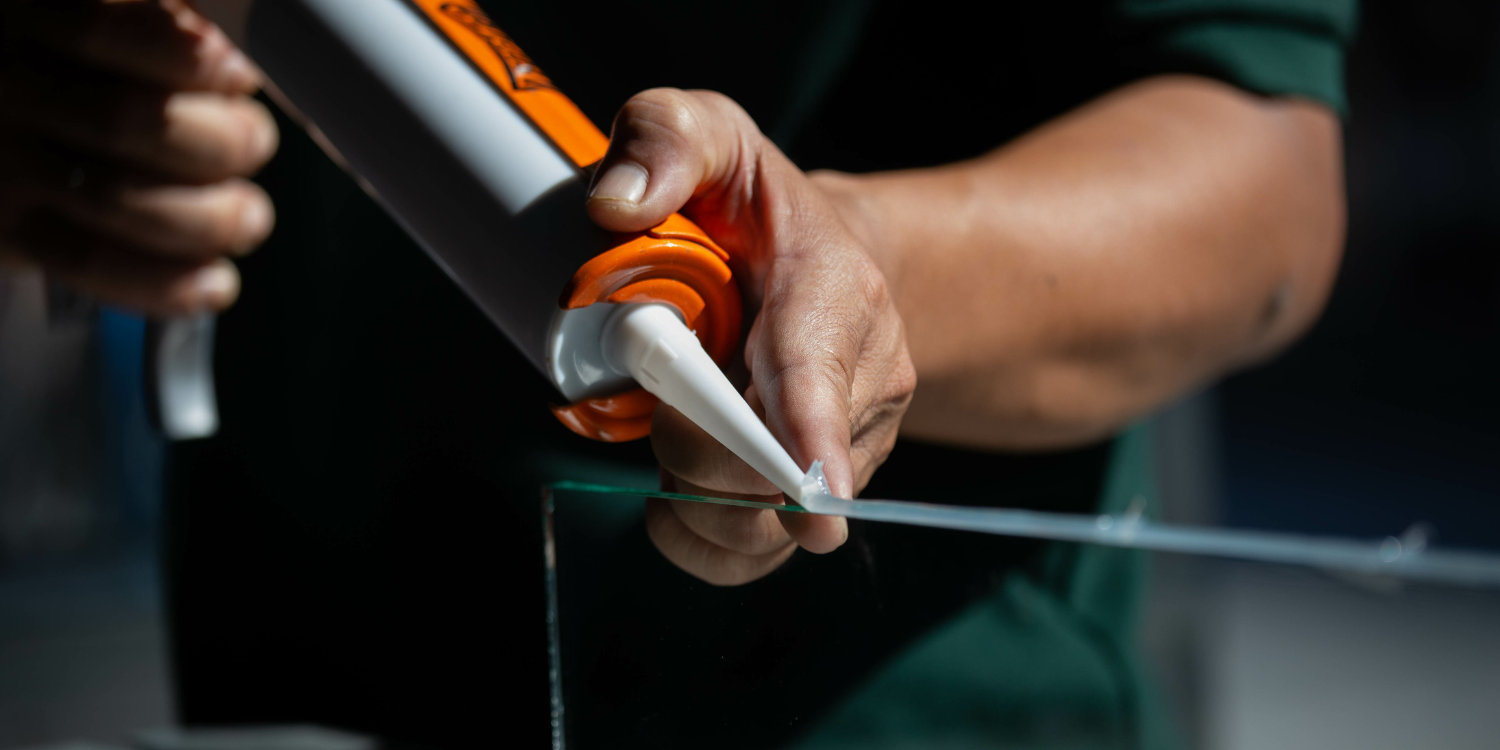
Adhesives come in a variety of chemistries and forms, and each has unique features that are formulated to solve a particular problem or need. That’s why selecting an adhesive perfectly suited to your project can be difficult.
Science has allowed for engineering very specific adhesives, and they tend to come in polar opposites: solvent or acrylic, clear or pigmented, removable or permanent. It’s also possible to have an adhesive custom-formulated to your specifications. From epoxy to thread lockers, and everything in between, choosing the correct adhesive for your project comes down to the application it will be used for and the environment in which it will be applied.
To choose the best, proper adhesive for your project, ask yourself the following questions:
1. What surface, container or product will the adhesive be applied to?
Not every adhesive will work on every surface. For example, polyurethane adhesives are an excellent choice for finish carpentry and other woodworking projects, as they provide durability, impact resistance and flexibility.
PSAs (pressure-sensitive adhesives) adhere to most surfaces, and contact adhesives are particularly well-suited in applications where clamping is difficult.
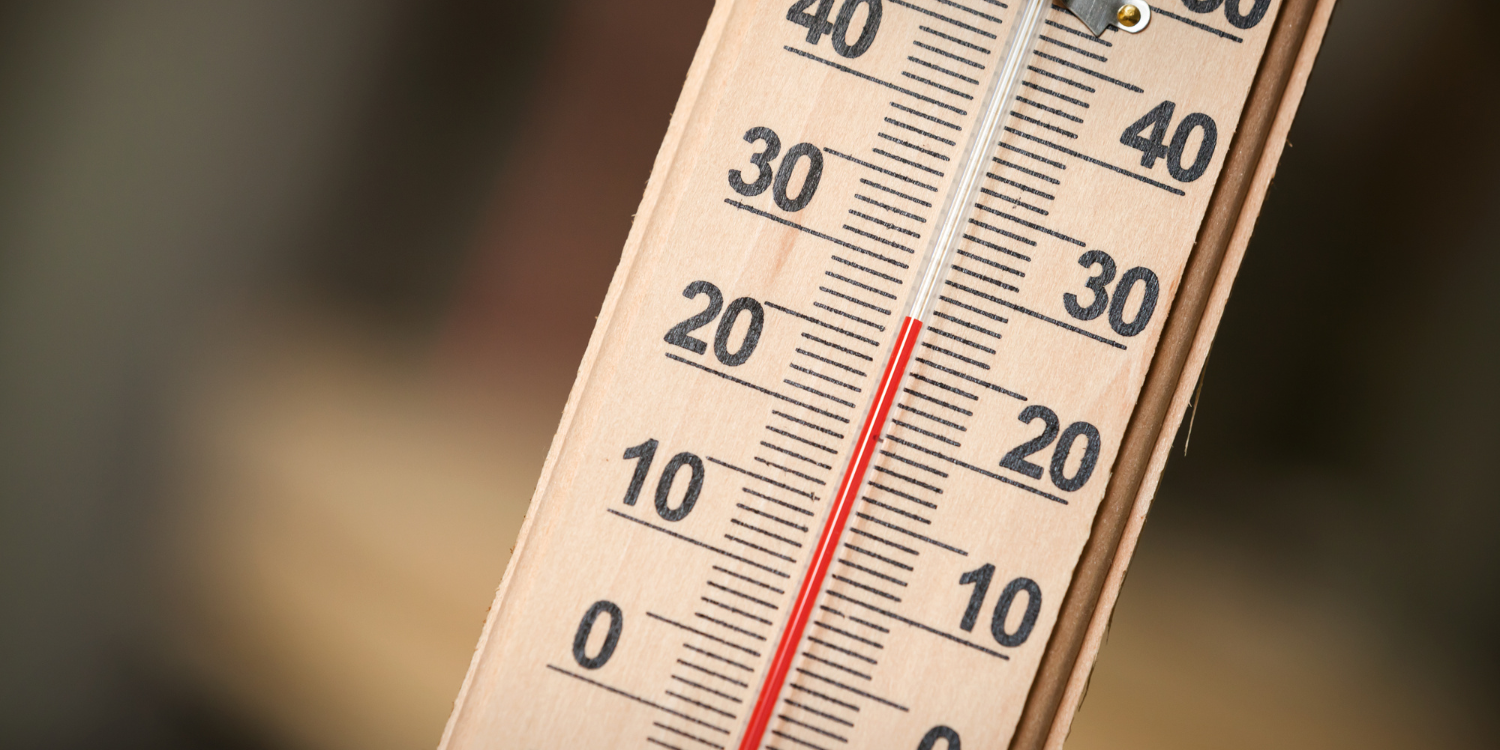
2. What temperature will the adhesive endure or be exposed to during use, distribution and storage?
Thermosetting adhesives such as melamine, phenolic and formaldehyde resins form strong bonds and have good resistance to higher temperatures. Silicone adhesives have a high degree of flexibility as well as a very high temperature resistance, making them excellent choices for marine or plumbing applications.
As a rule, drying will be slower at lower temperatures and faster at higher temps.
3. Will the adhesive need to be one that forms a strong, permanent bond, or one that allows the joined surfaces to be removed or repositioned as needed?
Water-based vegetable (dextrin) adhesives, for example, are commonly used for laminating; they’re also a lower-cost alternative to resins. Hot melt adhesives can be melted or softened repeatedly by heat, or set by cooling, which allows for repositioning during assembly. Often, removable adhesives are used as positioning aids during product build.
4. Will the adhesive be exposed to high humidity during end use, application or distribution?
Moisture and humidity will both have an effect on adhesion performance. Acrylic adhesives have excellent environmental resistance but because they are water-based, they are more susceptible to moisture which affects their application and durability aspects. When it comes to humidity, when it’s low drying is accelerated; when high, drying is slower.
Even after all these questions are answered, there’s no guarantee a particular adhesive will perform exactly as you need it to. Adhesive testing is strongly recommended prior to production or purchase. When testing, some factors affecting bond strength you’ll want to focus on include:
- Test temperature
- The adhesive contact area
- Type of force applied
- The adhesive’s properties
- Adhesion to substrates
- Prior or subsequent exposure to heat or moisture
- Storage, complex and loss modulus
Need Help Selecting an Adhesive?
At Bond Tech, we offer quality products and deliver great customer service in equal measure; our experienced professionals guarantee it.
If you have additional questions, or would like more information on the use of adhesives, custom formulations or application products, contact us for more information.





